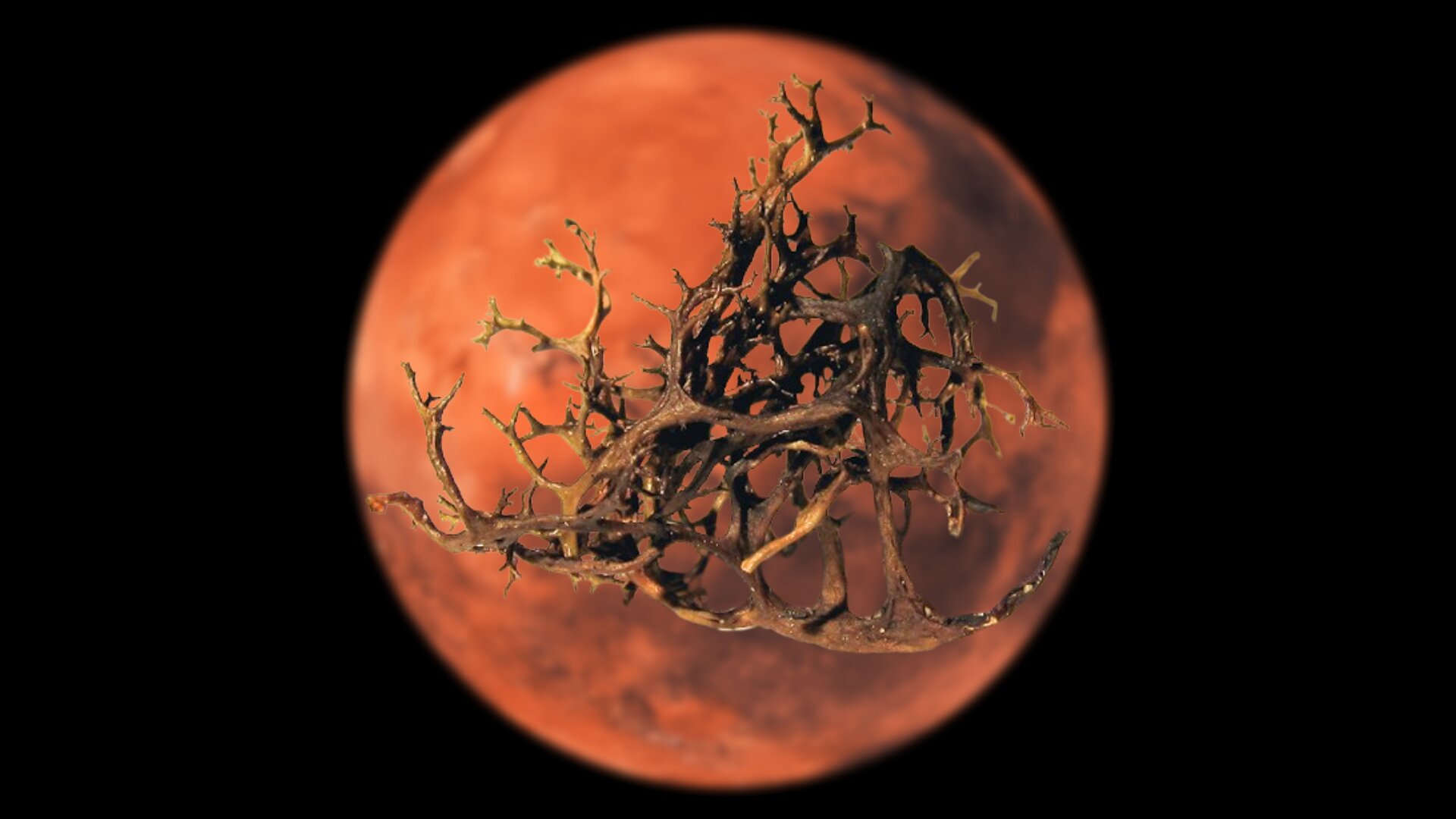For the first time, researchers have shown that certain lichen species can survive Mars-like circumstances, including ionizing radiation, while remaining metabolically active.
Lichens are symbiotic associations of fungi, algae, and/or cyanobacteria that are noted for their exceptional resistance to severe settings such as the Earth’s deserts and polar areas. In this work, the fungal partner in lichen symbiosis remained metabolically active when exposed to Mars-like air conditions in darkness, including the X-ray radiation levels expected on Mars during a year of high solar activity.
The study focuses on two lichen species, Diploschistes muscorum and Cetraria aculeata, chosen for their distinct characteristics, and subjects them to Mars-like circumstances for five hours, simulating the planet’s atmospheric composition, pressure, temperature changes, and X-ray radiation.
The findings indicate that lichens, particularly D. muscorum, may be able to thrive on Mars despite the high doses of X-ray radiation caused by solar flares and energetic particles reaching the planet’s surface. These findings call into question the idea that ionizing radiation is an insurmountable barrier to life on Mars, and they pave the way for further research into the possibility of alien microbial and symbiotic existence.
More long-term investigations into the effects of chronic radiation exposure on lichens, as well as experiments measuring their survival in true Martian settings, have been suggested.



